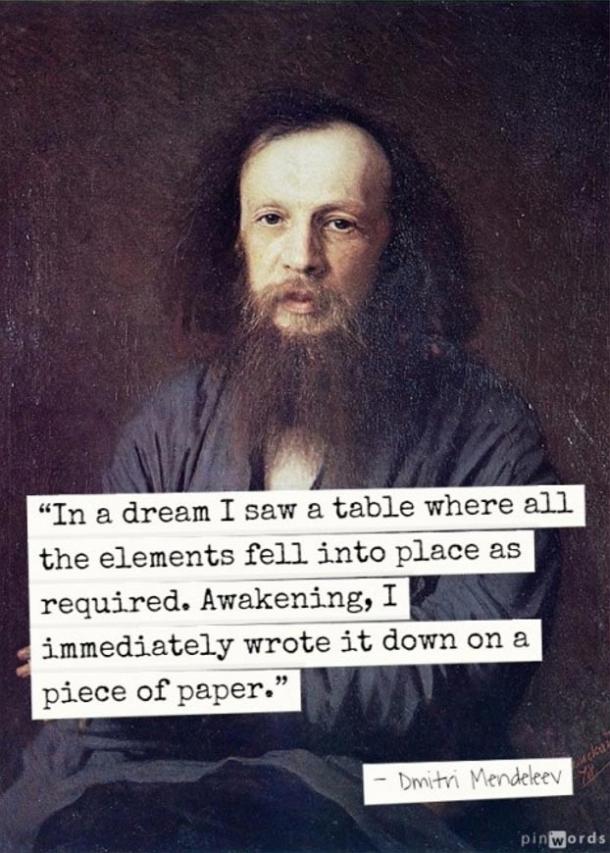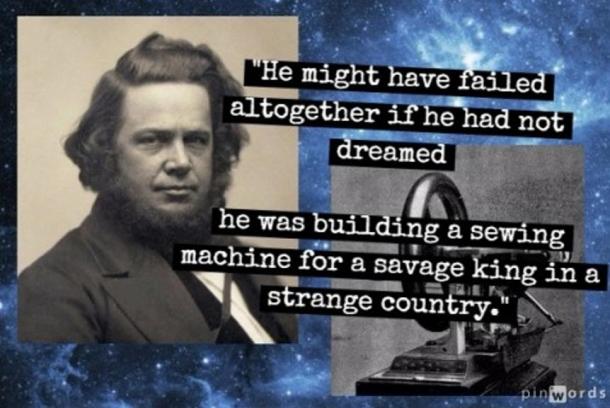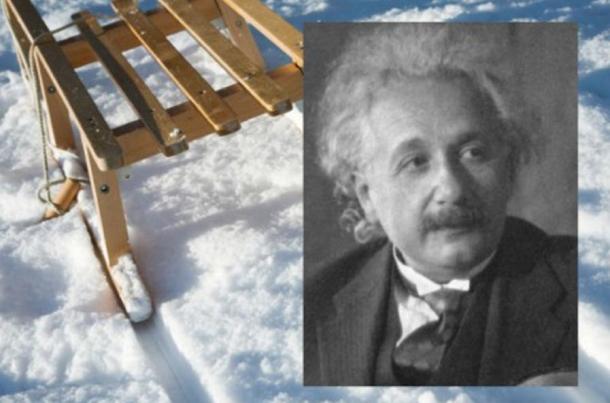In the age of materialist science and technological progress, the dynamics of consciousness is little understood, and in most cases, completely overlooked. The widely accepted view is that inspiration plays no role in the scientific process whatsoever. But if one looks back in history there are countless discoveries, theories, and inventions that have a seemingly mystical origin.
Dewey B Larson is a physicist from the mid 20th century that spent his whole career pouring through scientific observations in an attempt to clarify many of the conflicting theories sweeping mainstream academia. The product of his long labors saw the realization of a theory, which explains nearly all of the observed phenomena in the universe so completely it also has the ability to explain consciousness itself.
In his book, Beyond Space and Time, he discusses the peculiar nature of insight and intuition as it functions within scientific discovery. There are countless inventors, scientists, and artists that have experiences wherein they receive inspiration from a seemingly metaphysical source. In many cases, these receivers of such information had already spent a great deal of time familiarizing themselves with the language of their craft, whether it be science, mechanics or art. Larson posited that this process of inspiration is a product of nuts and bolts research work that provides a type of ideational language for the mind, which is then able to receive insight in a form that can be recognized by the conscious mind.
For example, improvisational musicians spend years learning the basic fundamentals of harmony, pitch and rhythm, often learning dozens if not hundreds of musical pieces. Each event of learning and growth is stored within the mind as a series of representative ideas or thoughts that act as a type of inspirational vocabulary. Once the mechanics of music have been learned, inspiration comes in the form of improvisational phrases, seemingly bubbling up out of the unconscious mind. Trey Anastasio, the guitar player from Phish, the most successful improvisational touring band in the United States, said that when he is playing improvisationally, it’s as if he is watching something else play the music through him; he is merely the channel or instrument for music coming from beyond himself.
In the following article, the same type of phenomenon of seemingly automatic inspiration is documented. Each of the inventors or scientists were so well versed in their fields of study, that insights in relation to their pursued interests came to them in a dream. This suggests that inspiration is the fruit of a metaphysical construction process, a type of quantum leap made as the result of a cumulative learning process.
If we think of the mind as a factory, then thoughts and ideas are its tools, machines and raw materials needed to produce a final product. In this way, as one learns and develops specific knowledge, they are filling their inspirational factory with the things it needs to produce insight. But like any factory, it must be fine tuned so as to produce a high-quality product.
In cases of mystical discovery, like we see below, each individual spent many years fine-tuning their knowledge and understanding, which eventually provided them a flash of insight. This underscores a process of self-mastery we each have the power to take-up, learn and grow from. The more knowledge we have about a thing the more resolution it has within the mind. As this mental image becomes more clear and refined, the minds ability to recognize new patterns, images and ideas naturally takes hold.
The fact that we can learn a language and use it as if its second nature is a demonstration of this principle of insight and revelation. Consider that when in conversation or writing, ideas are seamlessly fleshed-out into words and phrases by a seeming automatic process of insight and inspiration. By extension, anything we spend enough time learning about can eventually become second nature to produce insights. Our task is simply to build the temple of wisdom within, by way of learning and educating ourselves, which will eventually produce flashes of insight if we have properly tuned our knowledge base.
Consciousness is far more influential in life than what modern science has accepted, but the following discoveries demonstrate a well-nigh untapped avenue of research, one that will ultimately unify the seemingly separate schools of science and spirituality.
1. Dmitri Mendeleev, Periodic Table

2. Niels Bohr, Atomic Model

3. Elias Howe, Sewing Machine

4. Albert Einstein, Speed of Light

5. Friedrich August Kekulé, Molecular Structure of Benzene

Source:

Leave a Reply